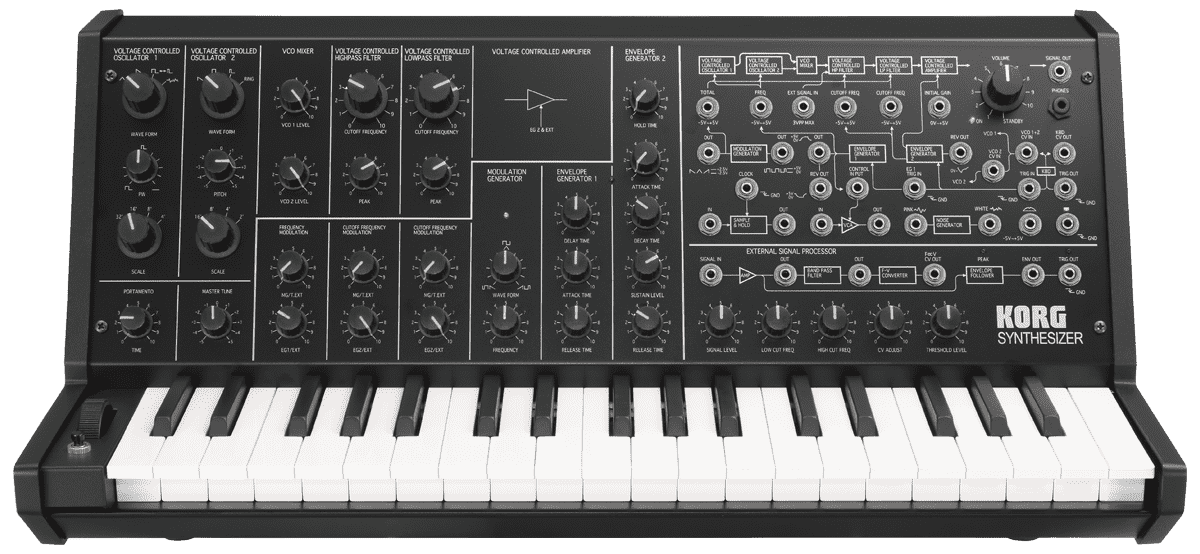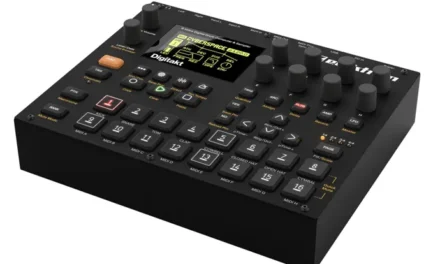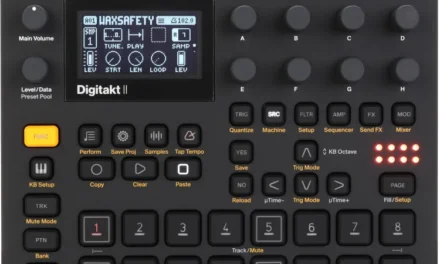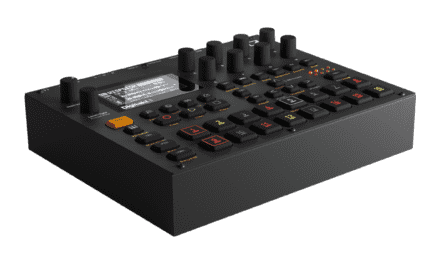The Korg MS-20 is a monophonic synthesizer that has left an indelible mark on the world of electronic music. Released in 1978, the MS-20 quickly became a favorite among musicians and sound designers for its raw, gritty sound and flexible patch bay. Over the years, it has been used by countless artists across genres, from punk and new wave to techno and experimental music. Let’s take a journey through the history of this iconic machine and explore how it became a cornerstone of electronic music production.
The Birth of the MS-20 (1978)
The Korg MS-20 was introduced in 1978 as part of Korg’s MS (Mini Synthesizer) series, which also included the MS-10 and MS-50. At a time when synthesizers were becoming increasingly popular, the MS-20 stood out for its affordability, portability, and hands-on controls. It was designed to be accessible to beginners while still offering enough features to appeal to more experienced users.
The MS-20’s sound engine featured two oscillators, a filter, an envelope generator, an LFO, and a patch bay. This combination of components allowed users to create a wide range of sounds, from deep basslines and screaming leads to experimental textures and effects. The filter, in particular, became a standout feature for its aggressive, resonant character.
The MS-20’s Impact on Music Production
Throughout the late 1970s and 1980s, the MS-20 became a staple in electronic music production. Its affordability and ease of use made it accessible to musicians of all levels, while its raw sound and flexible patch bay ensured it remained a favorite among sound designers. The MS-20 was used across genres, from punk and new wave to techno and experimental music.
The MS-20’s influence extended beyond the studio. Its portability and hands-on controls made it a popular choice for live performances, and its distinctive sound became a hallmark of many iconic tracks. Artists like Daft Punk, Nine Inch Nails, and Aphex Twin have all used the MS-20 to create their signature sounds.
The MS-20’s Enduring Legacy
Despite being over four decades old, the Korg MS-20 remains a beloved piece of gear among musicians and collectors. Its retro design, distinctive sound, and flexible patch bay have earned it a cult following. While modern synthesizers offer more advanced features, the MS-20’s simplicity and charm ensure it remains relevant in today’s music production landscape.
In recent years, the MS-20 has also gained popularity among vintage gear enthusiasts and DIY musicians. Its mod-friendly design and raw analog sound make it a favorite for those looking to experiment with hardware.
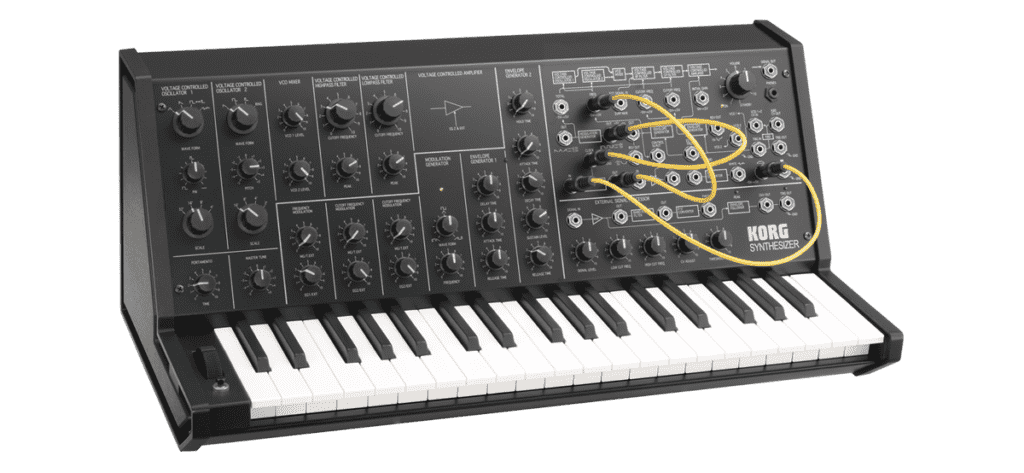
Key Milestones in the MS-20’s History:
- 1978: Korg releases the MS-20, a monophonic synthesizer with a flexible patch bay.
- 1980s: Becomes a staple in electronic music production and live performance.
- 2013: Korg releases the MS-20 Mini, a faithful reproduction of the original MS-20 with modern updates.
- 2023: Continues to be a favorite among musicians and collectors for its sound and workflow.
Final Thoughts
The Korg MS-20 is more than just a synthesizer—it’s a symbol of an era when electronic music production became accessible to everyone. Its combination of raw analog tone, flexible patch bay, and hands-on controls has left a lasting legacy in the world of music technology. Whether you’re a beginner looking for an affordable synth or a seasoned musician in search of a unique sound, the MS-20 is a classic that continues to inspire.
Here’s to the basslines, the leads, and the endless creativity of the Korg MS-20. 🎶


